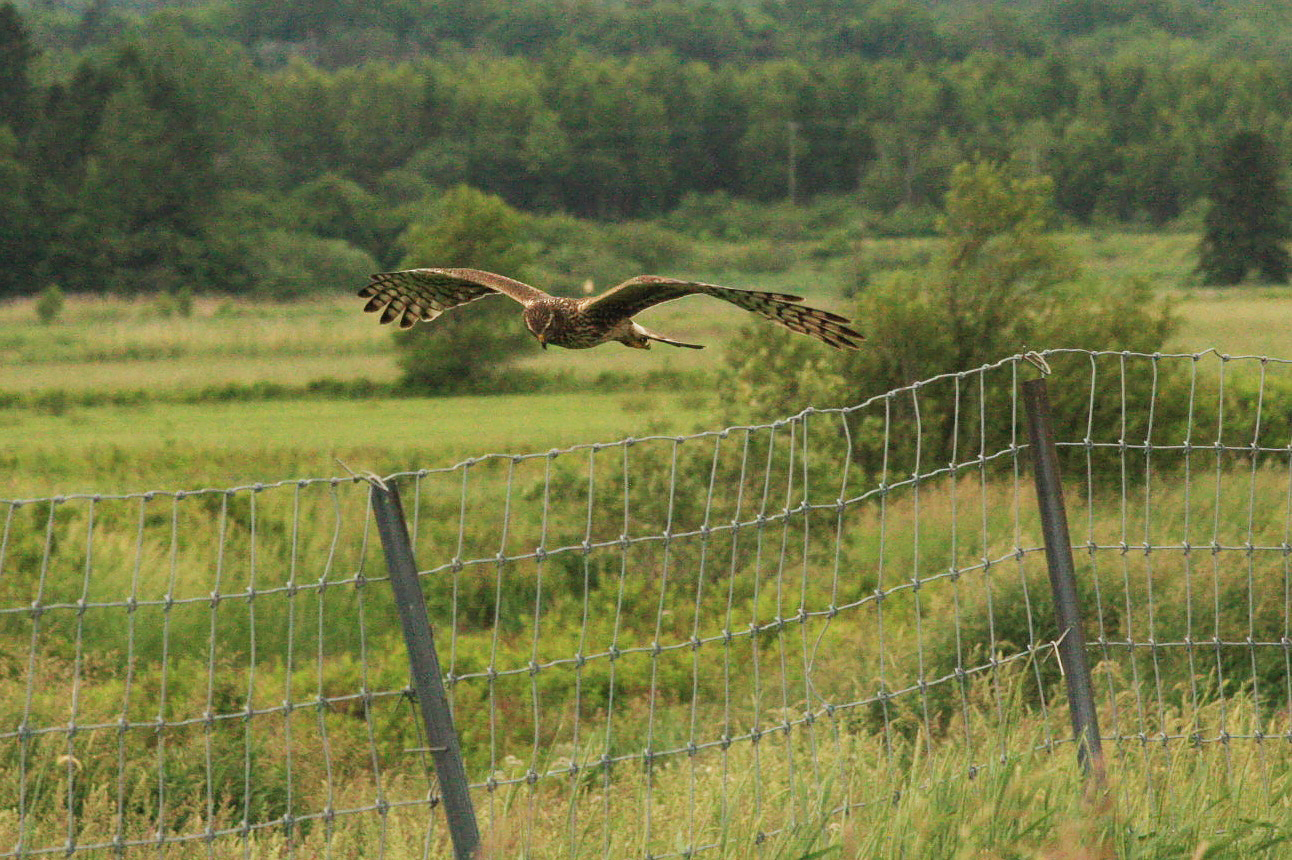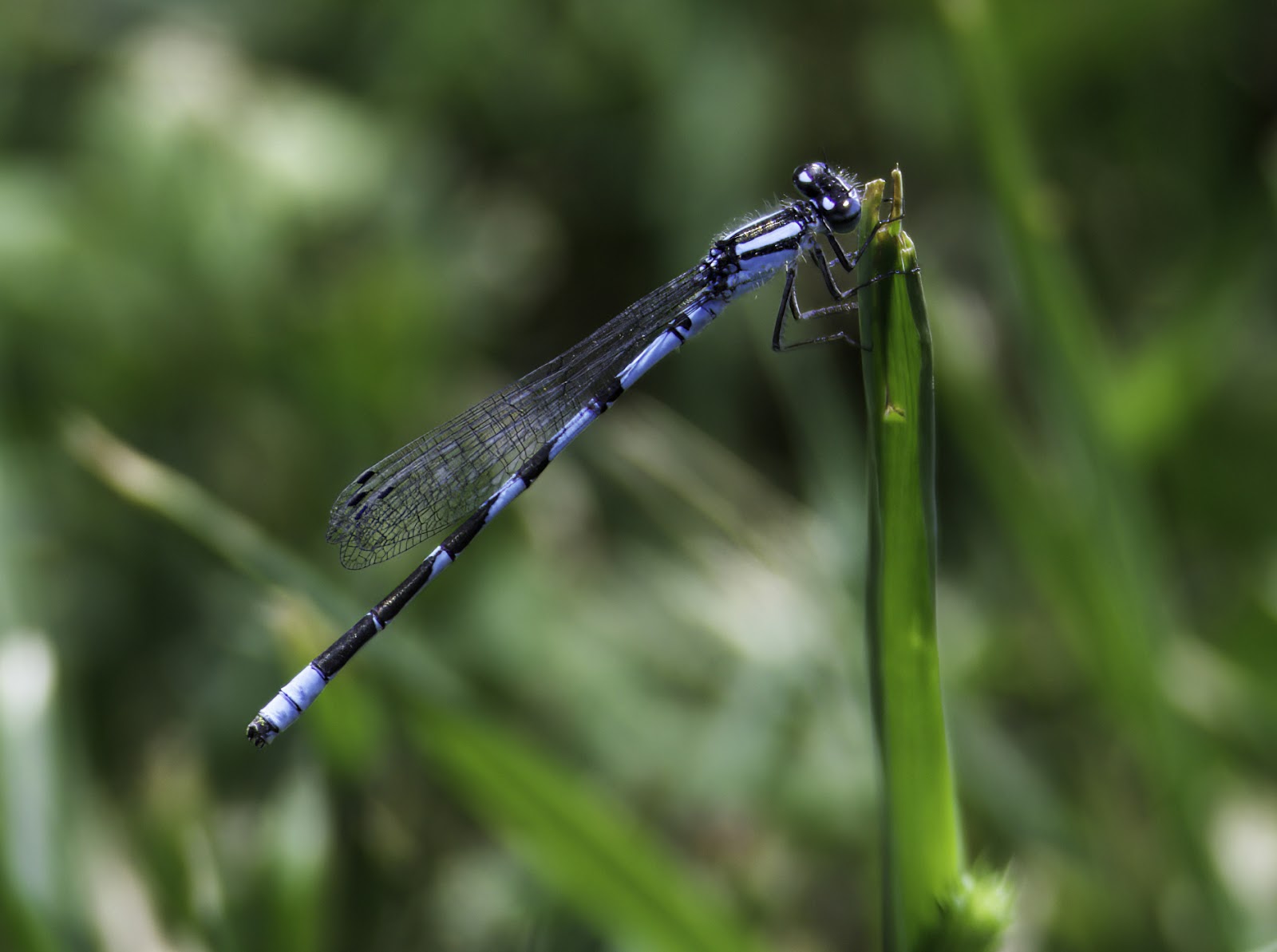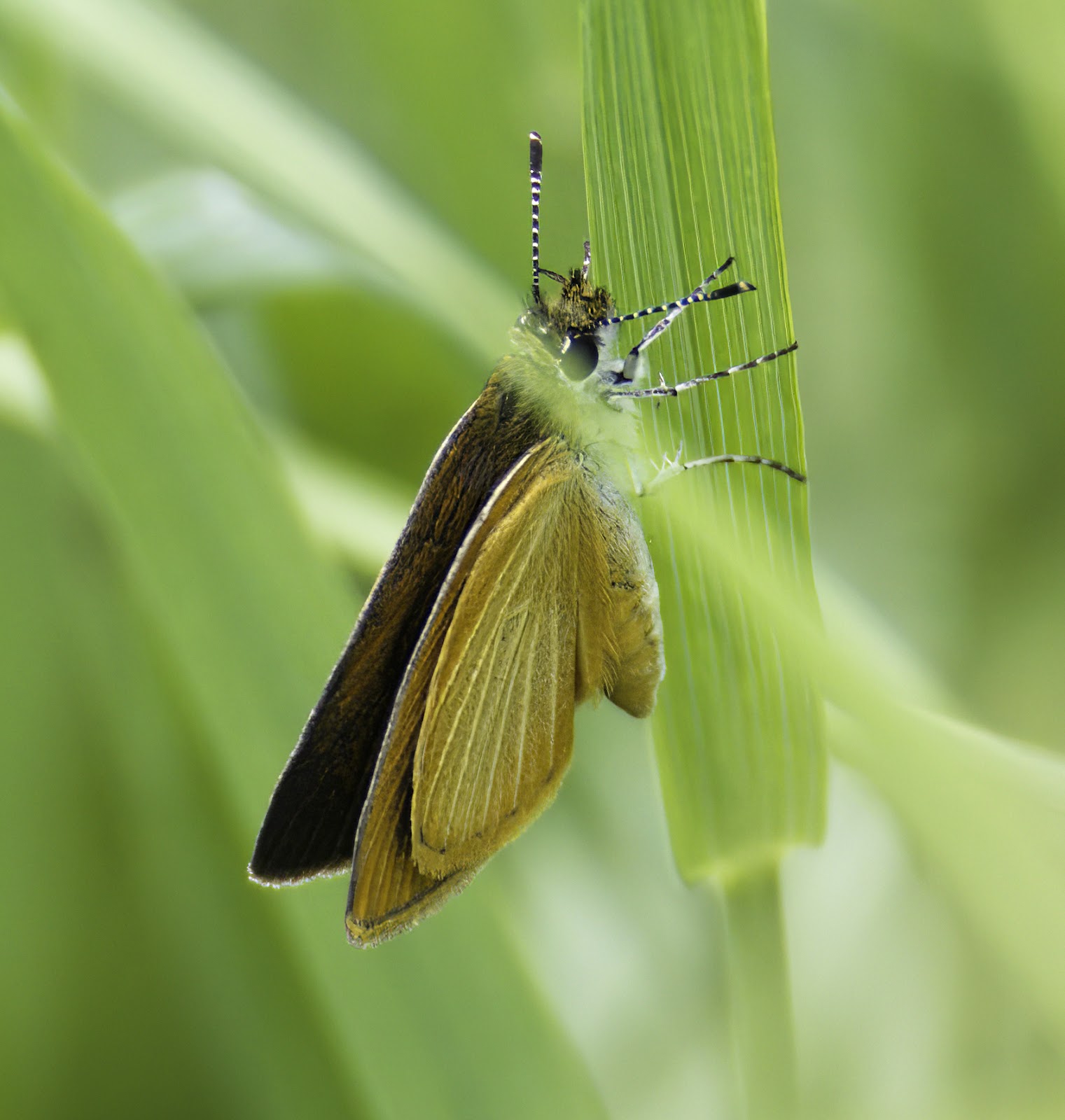NATURE
MONCTON NATURE NEWS
July 2, 2025
Nature Moncton members, as
well as any naturalist in New Brunswick or beyond, are invited to share
their photos and descriptions of recent nature sightings to build a fresh
(almost) daily edition of Nature News
To
respond by e-mail, please address your message to the information line
editor, nelsonpoirier435@gmail.com .
Please
advise the editor at nelsonpoirier435@gmail.com and the proofreader
Louise Nichols at Nicholsl@eastlink.ca if
any errors are noted in wording or photo labelling.
For more information
on Nature Moncton, check the website at www.naturemoncton.com
Proofreading
courtesy of Nichols nicholsl@eastlink.ca
**A heads up:
a special event is taking place this coming Sunday, July 6, featuring an open
house to showcase findings from the recent bioblitz of the Black River
Protected Natural Area in the village of Kouchiboquac. All details are provided at the end of this
edition and will be repeated on Friday morning.
**Veronica Price captured a pleasant photo on Monday at the Valley Trail in Memramcook of a female northern harrier. Veronica comments, "It was a hot day with a nice breeze, and its effortless gliding made Veronica wish for wings of her own."
**John Inman
photographed a fledgling red-winged blackbird looking for a handout from
its parent, and as soon as he left, a young male came over to impress the fledgling
but was quickly turned down.
Also, a tiny
zebra jumping spider, which was not very cooperative for a photo, was
present.
(Editor’s note: note the huge anterior median eyes on
this species of spider that function as a high-resolution telephoto lens for
targeting insect prey at a distance.)
**Recently, Deanna and Peter Gadd observed a female hooded
merganser with seven young at the Miramichi Marsh. This was after not seeing this
species for quite a few weeks at the marsh. They saw them again on Tuesday morning.
**Jane LeBlanc took a bicycle ride on a foggy Canada Day
and found a male common yellowthroat warbler, something she hadn't seen
for a while. Other warblers did not pause for photos. Later, she saw two bald
eagles on the breakwater as the tide was rising, waiting for lunch. She has
also had a pileated woodpecker calling all morning near her yard, but it would not
show itself.
**Alyre Chiasson is in Oslo, Norway, at the moment and
shares a photo of a black-headed gull who was kind enough to pose for
him. Alyre points out that this gull species is very common there, and he
has never been this close to one before.
(Editor’s note: this species is casual/accidental in New
Brunswick, and Alyre’s photo really shows how brown the hood really is, not
black as the name suggests.)
**On Tuesday, Canada Day, Brian and Annette Stone visited
Highland Park in Salisbury and enjoyed a great variety of wildlife that was
active in the warm temperatures.
A large group of mallard
ducklings was learning to forage under the watchful eye of an adult female
near the path while a pair of pied-billed grebe chicks swam
past. A pair of cedar waxwings perched scenically on a branch, and a
male blue-winged teal rested in the reeds almost out of sight. Across
the river, a vocal bald eagle perched in one of its favourite trees, and a
well-camouflaged wood duck swam along the edge of the
pond, blending in nicely. The trail was busy with many bluet
damselflies, common whitetail dragonflies, several twelve-spotted
skimmer dragonflies, lots of least skippers and European
skippers, and small mining bees collecting pollen from the wild
roses.
The best part of Brian's visit happened on the new bridge
connecting the lower trail to the upper trail. A passing trail walker mentioned
that a bird's nest was visible from the bridge, and when Brian went to look, it
was not hard to find, being in a tree right beside the bridge at eye level. It
turned out to be an eastern kingbird nest with at least three newly
hatched chicks all begging to be fed. Both parents were actively bringing food
to the nestlings, and Brian got the closest photos he has ever had of a
kingbird as it perched beside the nest and watched people passing by.
While Brian was on the new bridge, he noticed a warbling
vireo flitting amongst the trees on the other side of the bridge across the
stream, possibly foraging for its own nestlings. As he followed the vireo with
binoculars and camera, some dark movement caught his eye below in the water at
the edge of the stream. It turned out to be a large group of tiny brown bullhead fingerlings all swimming together in
a way that seemed like one large organism, almost a murmuration of sorts. This
is only the second time Brian has seen this, and he was sorry he couldn't get
any closer to get better images to share.
(Editor’s note: the scenario Brian saw with brown
bullhead is a very interesting one that we don’t often see due to the murky
water the species lives in.
On a Nature Moncton field trip visit to Gagetown Island
on July 14, 2023, a large group witnessed this spectacle at modestly close
range, and yes, it was Brian Stone who photographed it.
The write-up of that incident appeared in the July 15,
2023, issue of Nature News and is repeated below:
“One
of the observations that very much caught the attention of participants of the
Nature Moncton foray to Gagetown Island was a black mass of fingerling fish
moving about in an amoeba-like fashion. None of the participants had witnessed
this before.
The roaming
mass was hundreds of fingerling brown bullhead fish being
protected under the watchful eye of the parent fish, swimming around and under
the mass.
Alyre
Chiasson points out that it is the males who are the main guardians, not the
females. When the fingerlings are fry, they will swim into the mouth of the
male for protection, and the male can even move them to a safer place. This
activity is under hormonal control, so the appetite of the male is suppressed,
and they don’t eat the fry juveniles, as the brown bullhead is known to eat
almost anything that fits. The brown bullhead is in the catfish family which
does the same thing in rearing their young. It was an amazing activity to
watch!
Brian Stone
was able to get some still photos and videos of the activity, but the brilliant
sheen of the sun on the slightly murky water made photographing difficult.
Check out
the action at the video links below:
**A reminder that the NB Museum is currently holding its
2025 Biota at Black River PNA in the Kouchibouguac Village area. Open House
this Sunday!
Here is a link to their web page: New
Brunswick Museum Leads 14th Annual Biota into Black River PNA - NBM-MNB
“A highlight of the project is a public open
house on Sunday, July 6, from 12:30 to 5:30 p.m., at the Biota
Field Lab (Pentecostal Church, 194 Tweedie Brook Road, Kent Rural District).
Visitors are invited to meet the scientists, students, and artists behind the
project and explore their discoveries firsthand.
Nelson Poirier.
Nature Moncton


























